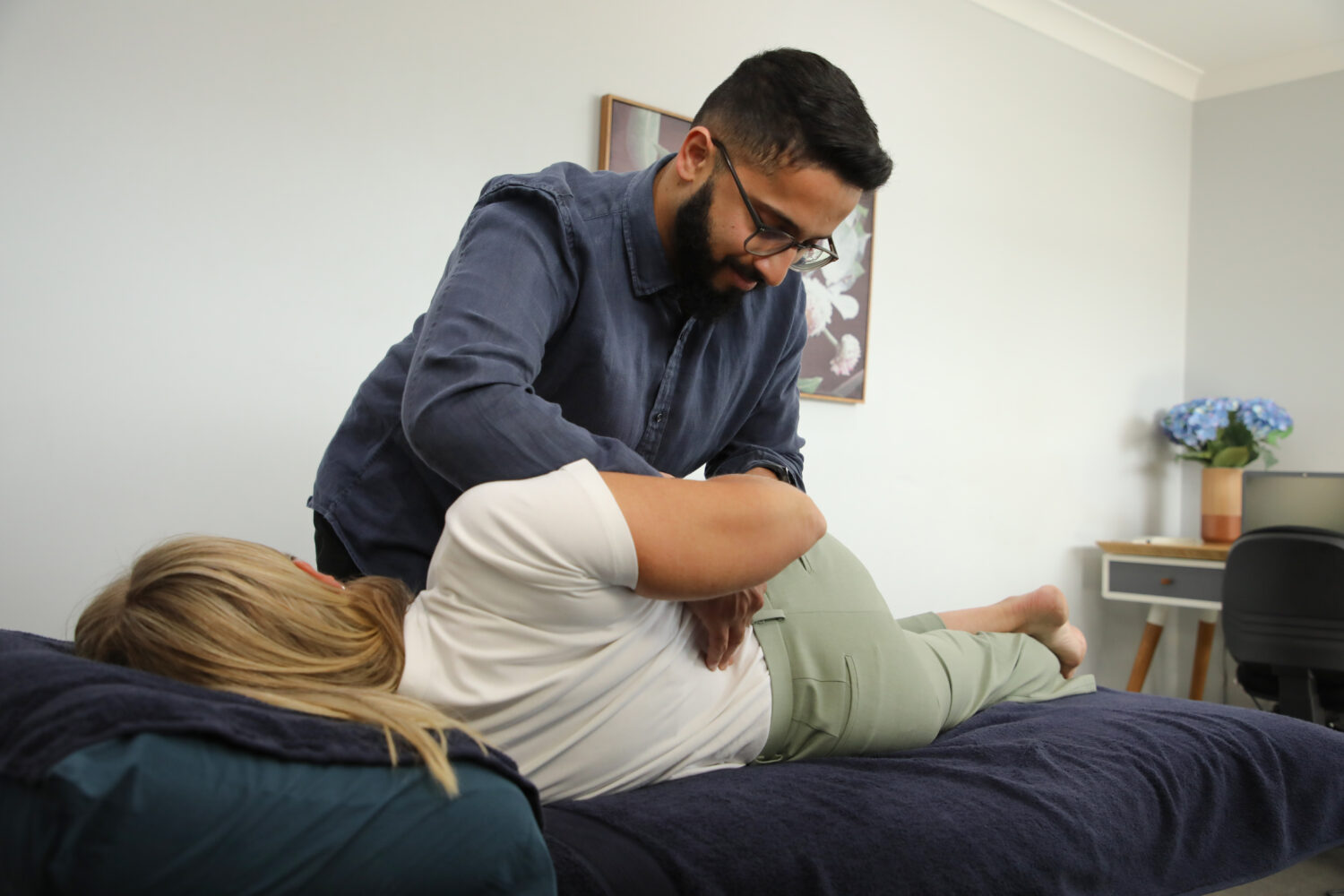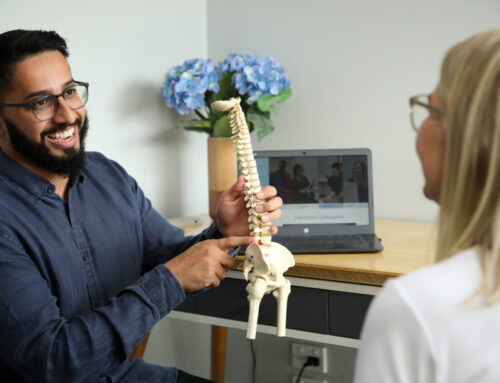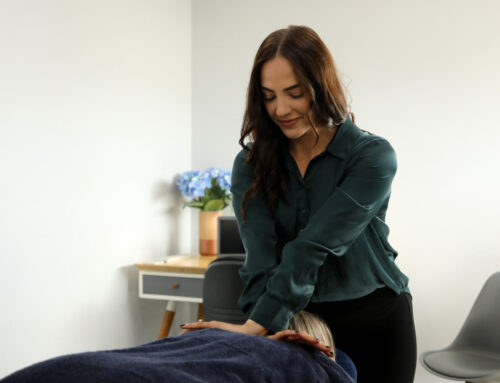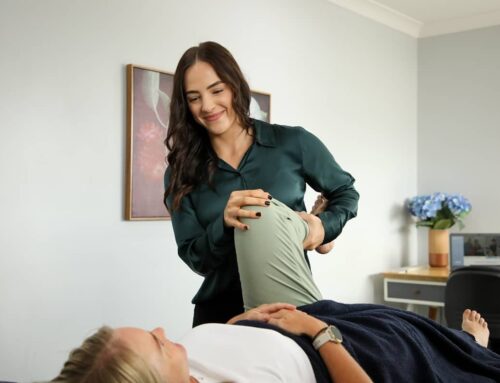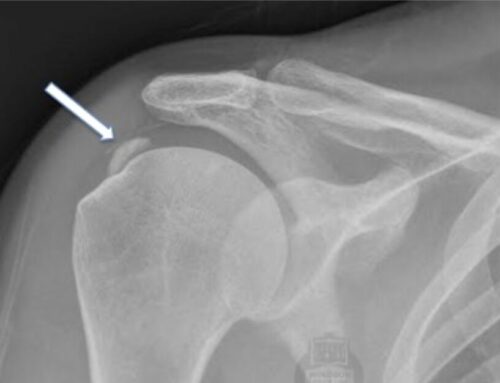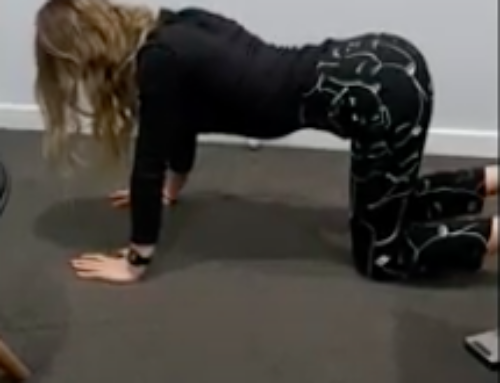What is it? And Why do Osteopaths Manipulate Backs and Necks?
Cracking, also known as High Velocity Low Amplitude technique (HVLA) or spinal manipulation or spinal adjustment, is a therapeutic technique used by osteopaths and other manual therapists to improve joint mobility, reduce pain, and enhance overall musculoskeletal function. This technique often produces an audible “crack” or “pop” sound, which is commonly associated with adjustments. While some individuals find this sensation relieving, others may feel apprehensive about it. Understanding what HVLA entails, its potential benefits, and its risks can help demystify the practice and highlight its role in osteopathic care.
What Causes the Cracking Sound?
The cracking or popping sound that occurs during HVLA adjustments is not the sound of bones shifting or breaking, as some might believe. Instead, it is the result of cavitation, a process in which gas bubbles within the synovial fluid of the joint rapidly collapse or release due to a sudden change in joint pressure. This release can create a temporary sensation of relief and improved movement.
How does it help?
Spinal manipulation has been widely used in osteopathy to address musculoskeletal dysfunctions. Some of the key benefits include:
- Pain Relief
HVLA adjustments can help alleviate pain associated with conditions such as lower back pain, neck pain, headaches, and even some forms of sciatica. By realigning the spine and improving joint mobility, pressure on nerves and soft tissues can be reduced, leading to pain relief. - Improved Joint Mobility
Restricted spinal joints can limit movement and lead to stiffness. HVLA helps restore the normal range of motion by reducing joint restrictions and adhesions, improving flexibility and overall function. - Reduced Muscle Tension
Misaligned vertebrae or restricted joints can contribute to muscle tightness and discomfort. By correcting spinal alignment, HVLA adjustments can ease muscle tension and promote relaxation. - Enhanced Nervous System Function
The spine plays a crucial role in protecting the nervous system. Misalignments or restrictions in the spine can interfere with nerve signaling, potentially leading to pain, numbness, or dysfunction in other areas of the body. HVLA adjustments may help optimize nervous system function and improve overall well-being. - Better Posture
Poor posture, often caused by prolonged sitting, improper ergonomics, or musculoskeletal imbalances, can lead to chronic discomfort and spinal misalignment. Regular osteopathic care, including HVLA, can aid in correcting posture and preventing related musculoskeletal issues. - Complementary Approach to Pain Management
HVLA can serve as a non-invasive, drug-free alternative to managing pain, making it a valuable option for individuals seeking holistic treatment without reliance on medications.
Are there any risks involved?
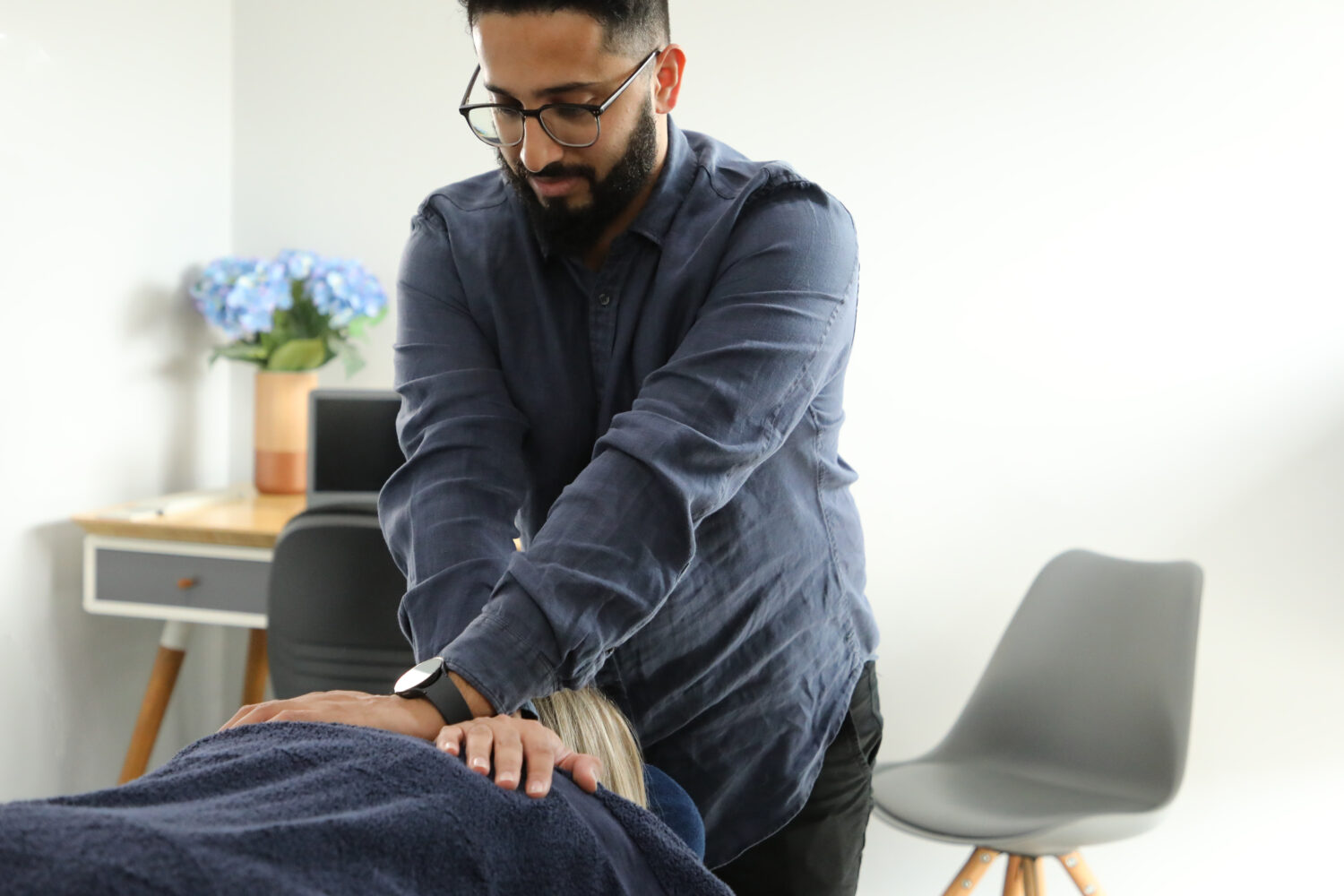
- Temporary Discomfort
Some individuals may experience soreness, stiffness, or mild discomfort following HVLA adjustments. These symptoms typically resolve within a few days. - Injury to Soft Tissues
In rare cases, excessive force or improper technique can cause muscle strains, ligament sprains, or joint irritation. - Nerve Compression or Damage
Although uncommon, HVLA can potentially compress or irritate nerves, particularly in the lower back or neck. This may lead to symptoms such as numbness, tingling, or weakness. While rare, severe cases can result in long-term nerve dysfunction. - Vertebral Artery Dissection
Spinal manipulations in the neck carry a small but serious risk of vertebral artery dissection, which can lead to stroke. This risk is higher in individuals with pre-existing vascular conditions, making a thorough assessment crucial before treatment. - Worsening of Pre-Existing Conditions
Individuals with conditions such as osteoporosis, severe arthritis, herniated discs, or spinal instability may be at increased risk of injury from HVLA adjustments.
How Osteopaths decide to use it
When performed by a qualified osteopath, HVLA is effective. However, it is not suitable for everyone. Individuals with osteoporosis, severe arthritis, spinal fractures, or certain neurological conditions should consult with their osteopath to determine the most appropriate treatment options. Osteopaths at Pakenham Osteopathy run through a whole list of questions to screen each client for their suitability for this technique. Plus, we always ask if a client is comfortable with having this technique performed – if not, we have a whole other bag of tricks we can use!
Final Takeaway
HVLA, or spinal manipulation, is a widely used osteopathic technique that can offer numerous benefits, from pain relief and improved mobility to enhanced nervous system function. While the audible sound may be surprising, it is simply a natural response to joint movement. However, it is important to be aware of the potential risks and seek treatment from a qualified professional. If you are experiencing musculoskeletal discomfort or restricted movement, reach out today to schedule a consultation at Pakenham Osteopathy and we can help determine whether HVLA adjustments are right for you. As with any therapeutic intervention, personalized assessment and professional care are key to ensuring safe and effective treatment.
If you have any questions, please feel free to email me directly: ammar@pakenhamosteopathy.com.au
